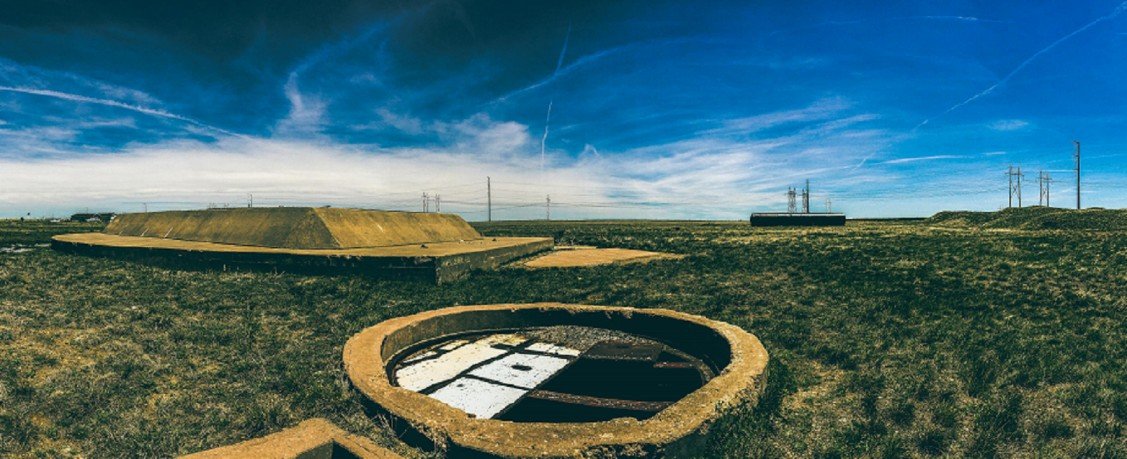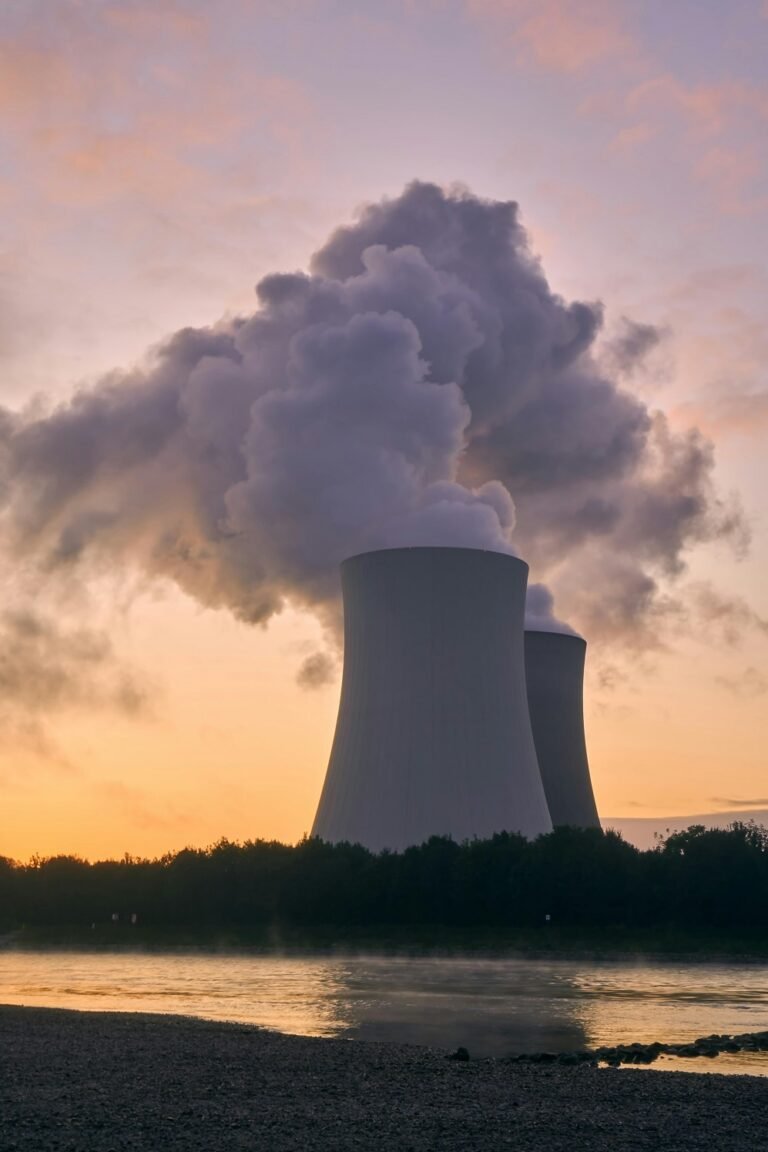The announcement of Golden Dome Missile Defense System has raised alarms across the globe, especially from Russia and China.
What is Trump’s Golden Dome Missile Defense System? Why is there such a hype about it? President Trump promised in his manifesto and announced in an event that he plans to invest $175 billion for the next three years. This investment for Golden Dome Missile Defense System is proclaimed to create an unmatched defense for the United States. Yet, there are voices around it and we hear them. Let’s get to them.
Golden Dome Missile Defense Shield
The term “Golden Dome Missile Defense Shield” is sometimes informally conflated or confused with Israel’s renowned Iron Dome system, due to its similar conceptual purpose — the interception of aerial threats, especially short-range rockets and missiles. However, when referring specifically to the Golden Dome in a defense context, the term is not a standard designation in military parlance or official U.S. defense doctrine. That said, the concept of a missile defense system to protect critical national infrastructure — especially in Washington, D.C., including landmarks like the U.S. Capitol’s golden-colored dome — is deeply rooted in the evolution of point defense systems.
Conceptual Clarification: Golden Dome vs. Iron Dome
The Iron Dome, developed by Israel’s Rafael Advanced Defense Systems and operational since 2011, is a mobile all-weather air defense system designed to intercept and destroy short-range rockets and artillery shells. It has achieved global recognition for its effectiveness in intercepting threats targeting populated areas and strategic infrastructure.
The Golden Dome, as a term, does not denote an actual missile defense system but can be interpreted metaphorically to refer to a protective missile shield over Washington, D.C., or similar strategic sites. This concept aligns with ongoing U.S. efforts to develop a layered, integrated missile defense architecture capable of intercepting a variety of aerial threats — from cruise missiles and drones to hypersonic weapons and intercontinental ballistic missiles (ICBMs).
Current U.S. Missile Defense Posture
What is Trump’s Golden Dome Missile Defense System?
1. National Capital Region Integrated Air Defense System (NCR-IADS)
To protect the seat of U.S. political power, including the Capitol and its dome, the National Capital Region Integrated Air Defense System (NCR-IADS) is in place. This system is a multi-layered defensive umbrella, comprising:
- Short-range air defense (SHORAD): Includes radar systems and Avenger missile batteries armed with Stinger missiles, capable of intercepting low-flying aircraft or drones.
- Patriot missile systems: Positioned on standby to intercept cruise missiles or ballistic threats.
- Aegis Combat System (when deployed offshore): Can track and intercept threats using the Standard Missile (SM-3) series.
- NORAD’s role: Provides continuous surveillance of North American airspace. In an emergency, NORAD can deploy fighter interceptors (e.g., F-15 or F-22) to neutralize threats over Washington.
- Joint Air Defense Operations Center (JADOC): Coordinates all air defense activities and makes real-time engagement decisions.
Though not branded as “Golden Dome,” this protective architecture functions as a de facto missile defense shield over Washington, D.C.
Technological Elements of a Hypothetical “Golden Dome” System
If a true “Golden Dome” missile defense system were to be conceptualized or deployed, it would likely include:
1. Multi-Layered Defense
- Kinetic Kill Systems: Like THAAD (Terminal High Altitude Area Defense), Patriot PAC-3, and Aegis BMD.
- Non-Kinetic Systems: Directed energy weapons (high-energy lasers) for short-range drone and rocket defense.
- Mobile Interceptors: Similar to Iron Dome’s Tamir interceptors, with mobility and rapid deployment capability.
2. 360-Degree Radar Coverage
- Advanced phased-array radars, such as AN/TPY-2, providing early detection and tracking.
- Integration with space-based sensors for launch detection (e.g., SBIRS satellites).
3. Artificial Intelligence and Command Automation
- AI-enabled command systems capable of prioritizing threats, reducing response time, and minimizing human error in fast-paced scenarios.
4. Drone Swarm Defense Capabilities
- Use of counter-unmanned aerial systems (C-UAS) and electronic warfare to jam, disable, or destroy drone swarms — an increasingly likely threat vector.
It shows that United States is already a major defense power. However, it must not be forgotten that the global defense pattern is changing and the advancements require most frequent measures. So, what is the controversy?
Criticism of Trump’s Golden Dome Missile Defense System
There are opponents who believe that President Trump should not venture into this Golden Dome. So what are they saying?
High Price and Little Time
The biggest issue comes on the timeline. It is far shorter than what experts have forecast, and they say the price tag could also be far higher. The big, beautiful bill includes a proposed $25 billion to jump-start the missile defense system. Yet, the remaining $150 billion is to be paid within the next three years. It means much shorter time than anticipated.
An approximate number of satellites needed to cover the entire United States is somewhere around 1000. Another 200 attack satellites — armed with missiles or lasers — also would be used to knock down enemy armaments, reports Reuters.
Feasibility of Golden Dome Missile Defense System
Well, we must tell you about President Reagan’s Strategic Defense Initiative. It was a project to protect against intercontinental ballistic missiles that was ultimately shuttered. Why? Because there was no such technology at that time. Yet, the technology is very much available today. And, President Trump really wants to bring it home.
While America is much advanced today, the equipment needed for a Golden Dome could still take years to develop. The defense capabilities for Golden Dome include space interceptors to take out targets midflight and non-kinetic options like directed energy, lasers and high-power microwaves.
Some experts want to improve the existing missile system of the United States which could be several layered system. It will be more helpful to protect against any incursions.
Thus, the feasibility of such a system stands questioned.
Golden Dome Missile Defense System Could Fail
Well, this stands true. Like any new technology, there is always an option to destroy it. It is a separate issue if United States will be able to develop a Golden Dome. Still, it is evident that a massive strike towards the system with multiple missiles and drones can actually make such a system non-functional.
Is Trump Copying Israel’s Iron Dome?
Well, it could be one. President Trump is definitely impressed with the Israeli defense. However, the Israeli Iron Dome takes out short-range rockets and artillery fired from up to 43 miles away. The United States is a vast country. So, putting an Iron Dome or a Golden Dome wouldn’t be that helpful. Interestingly, the threats to the United States emanate from intercontinental ballistic missiles fired from countries such as Russia, China, Iran or North Korea. Thus, a Golden Dome may be as useless to the United States as putting a gigantic naval warrior ship on a stream of water.
Golden Dome Missile Defense Shield
While the term “Golden Dome Missile Defense Shield” is not officially recognized. Still, it represents a valuable concept: the protected sanctity of the nation’s strategic core.
The United States has already implemented an integrated, multilayered defense system over its capital, and continues to evolve that architecture in response to emerging threats, including drones, ballistic missiles, and hypersonic weapons.
As geopolitical tensions intensify and technology redefines the battlespace, the importance of defending symbols of national power — both materially and metaphorically — becomes increasingly clear. Whether or not it ever bears the name “Golden Dome,” the imperative to shield the heart of American governance will remain a cornerstone of U.S. homeland defense strategy for generations to come.







